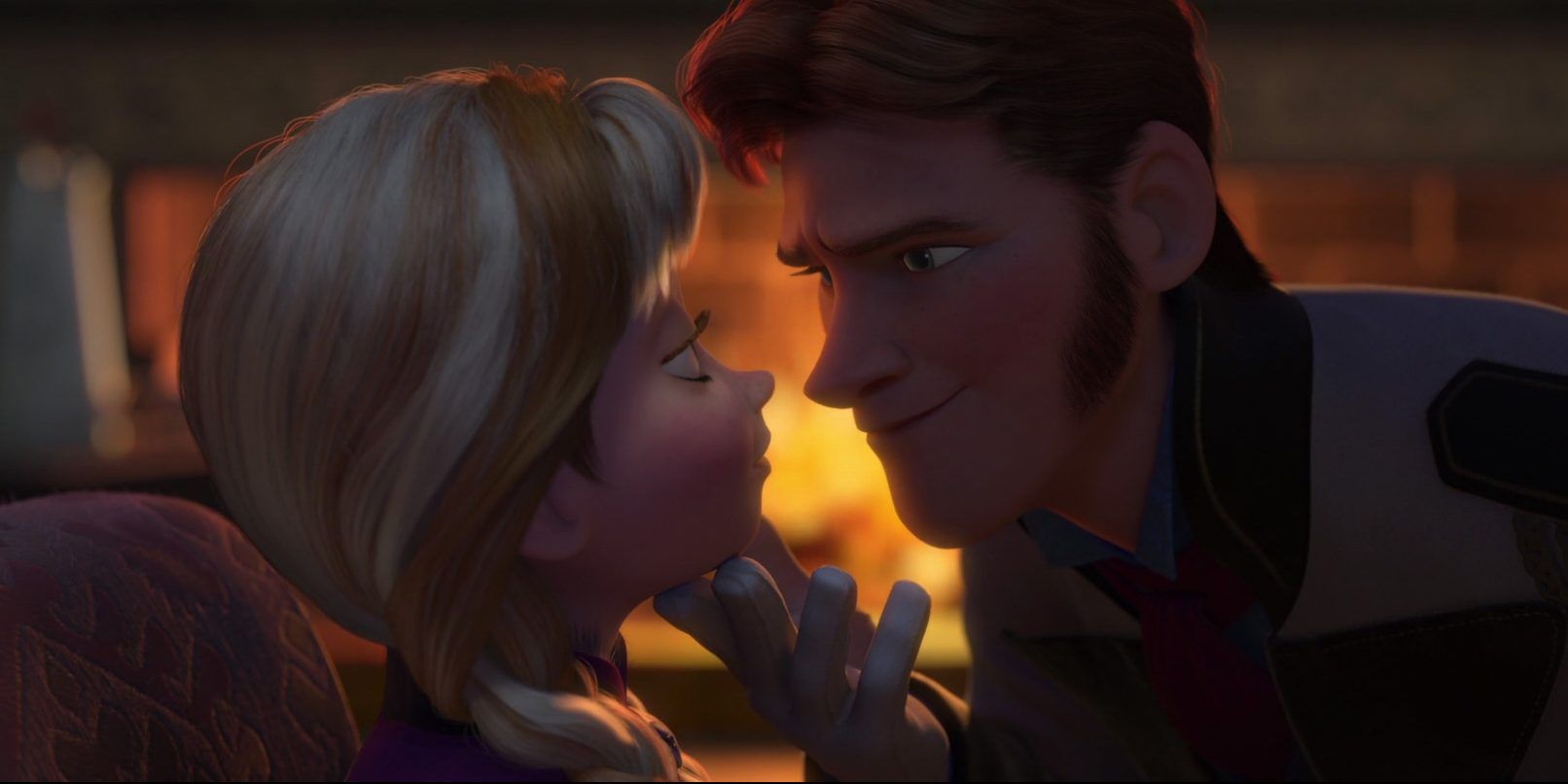Here's how Frozen's Prince Hans broke one of the fundamental rules of being a Disney villain. Despite being a re-telling of Hans Christian Andersen's The Snow Queen, Frozen has almost nothing in common with its source material, including the introduction of Hans as the antagonist alongside Anna and Elsa. Despite deviation from the original source, Frozen is a hugely successful fantasy musical phenomenon. As well as breaking box office records and selling innumerable pieces of merchandise, the film joined The Princess and The Frog and Tangled as another critically acclaimed addition to the Disney princess canon for the twenty-first century.
Crucial to its success is Frozen's willingness to resist traditional Disney storytelling structure in several surprising ways. The filmmakers subvert the audience's expectations at every turn, ensuring that the lovelorn Princess Anna didn't end up with the first prince charming she came across and turning the Snow Queen into the heroine. In Frozen the prince turns out to be the villain in a twist that packs a surprising punch. So how did Frozen use Disney's formula against its audience?
Prince Hans may have a song outlining his character but, in a break with traditional Disney storytelling, it's not a villain song in which he takes the chance to explain his nefarious plan and expound on his motives. From The Lion King's Scar waxing lyrical in 'Be Prepared' to The Hunchback of Notre Dame's surprisingly mature ode to homicidal arousal 'Hellfire', the villain song is an age-old tradition in the Disney animated canon. New additions to the franchise have shown no sign of breaking with this trend, as proven by The Princess and The Frog's haunting 'Friends on the Other Side' and Tangled's chilling 'Mother Knows Best'. But Frozen and Hans are different.
Perhaps partly because Elsa's 'Let It Go' was originally intended to be Frozen's villain song, the song which introduces the audience to Prince Hans is the peppy, upbeat duet 'Love Is An Open Door'. A genuinely sweet and memorably catchy track, the song doesn't even hint at the villain's dark true intentions. Traditionally, even when a villain is hiding their motives from the hero, their feature song tends to reveal their true nature to the audience. It's an interesting misdirect for the filmmakers to keep any hint of villainy out of the song, meaning the twist is kept a secret not just from young viewers but even from savvy accompanying adults.
It's also a longstanding tradition for many Disney villains to initially seem harmlessly aloof and arrogant, then show their true colors later on in the story (as was almost the case with Elsa), but this revelation typically isn't a surprise to the grown-ups in the audience, who can instantly guess from the first appearance of Aladdin's Jafar, The Little Mermaid's Ursula, and Beauty and the Beast's Gaston that their obvious self-interest would eventually spill over into full-on antagonism. In contrast, Prince Hans' genuinely affable introduction makes for an interesting subversion as Frozen opts to keep the audience in the dark about his intentions, with him instead springing the surprise reveal of his evil plan on viewers at a later, pivotal point of the plot.


